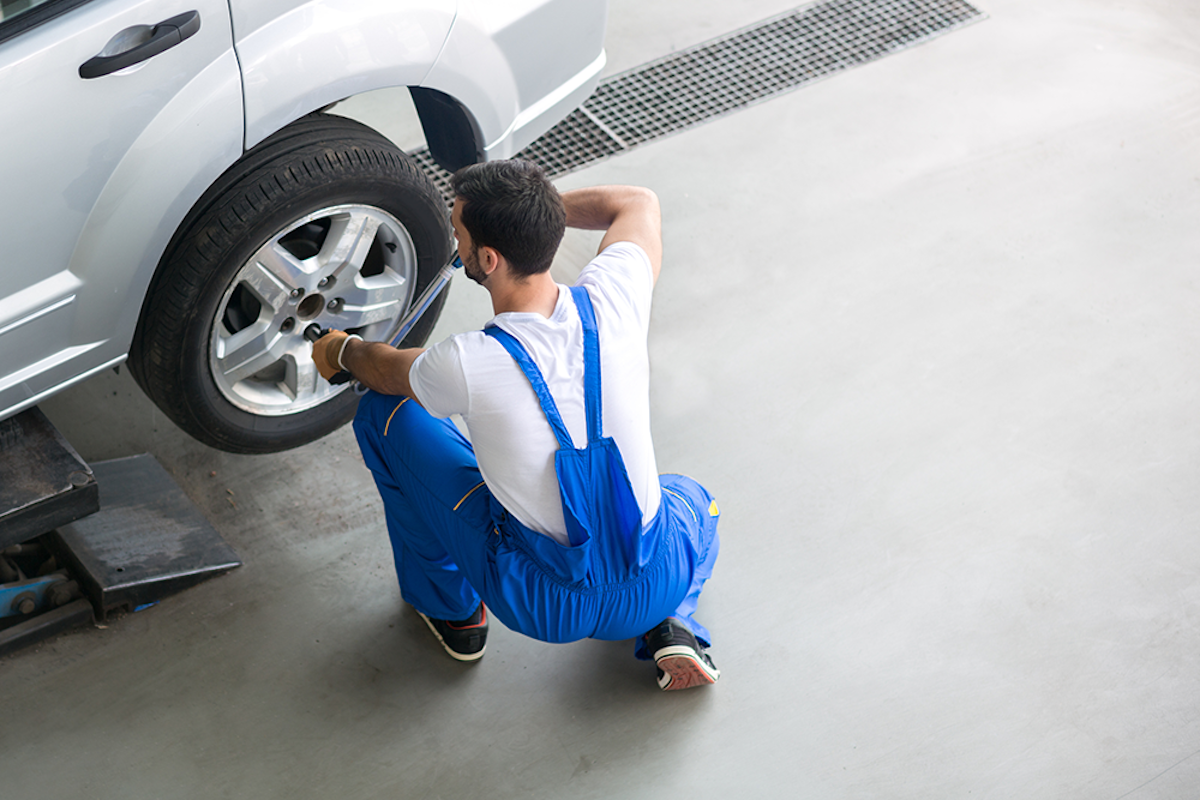The Humble Rotation: How to Extend Your Tire Investment

Getting your oil changed or vehicle inspected before your next road trip?
Here’s a money-saving tip: Get the tires rotated at the same time.
Experts recommend rotating tires every 5,000 to 8,000 miles to extend tread life and improve safety.
Rotating tires to another position on the vehicle helps correct the start of abnormal wear patterns.
Vehicle manufacturers generally recommend replacing all tires at the same time. Replacing all four tires at the same time makes rotation even more vital for maintaining uniform tread depth and optimum tread wear.
Tire pressure must be adjusted for their new positions. Adjust tire pressure in accordance with the vehicle manufacturer's recommendations.
Bridgestone Tire recommends including the spare tire in regular rotation. Ask your advisor and also check pressure of the full size spare when incorporating it into the rotation pattern.
The U.S. Tire Manufacturer’s Association offers the following tips and insight about tire rotations:
- Rotate tires every 5,000 to 8,000 miles. Check your manufacturer’s recommendations since rotation time frames change depending on the type of tire.
- Look for signs of uneven tread wear. Tires wearing unevenly can be a sign that your vehicle is out of alignment. The tires might also be under-inflated.
- Replace all tires at the same time, if possible. Replacing all four tires at the same time makes rotation even more vital for maintaining uniform tread depth and optimum tread wear.
- Some vehicles use directional tires--tires designed to only roll in one direction. Directional tires are more often found on sports cars, rather than your average passenger vehicle. Rotations with directional tires swap the front and rear tires.
- Adjust tire pressure after rotating. Manufacturers may recommend different tire pressure for front and rear tires. Look on the inside of the driver’s side door panel for details.
- Include the full-size spare tire in the rotation, if you have one. Ask your technicians to check and adjust the inflation pressure of the full size spare when incorporating it into the rotation pattern.
- Check tire tread and sidewall monthly. Look for uneven or irregular tread wear during a routine check of the tire’s air pressure. Divots and bulges in the sidewall can lead to a blowout.